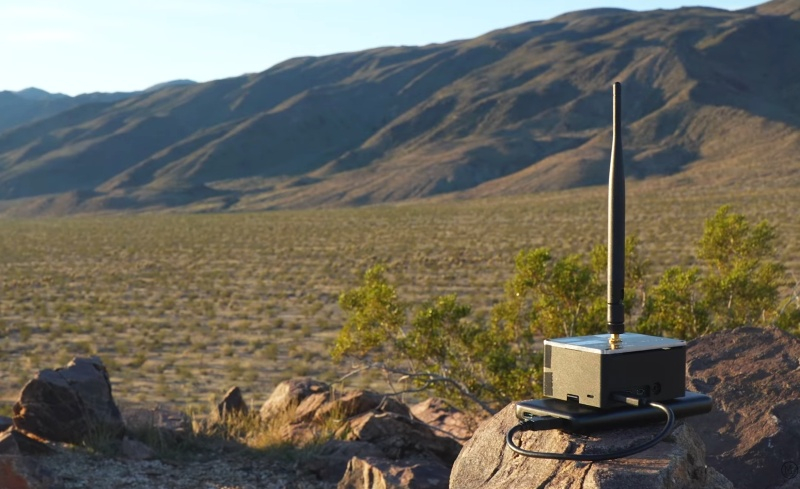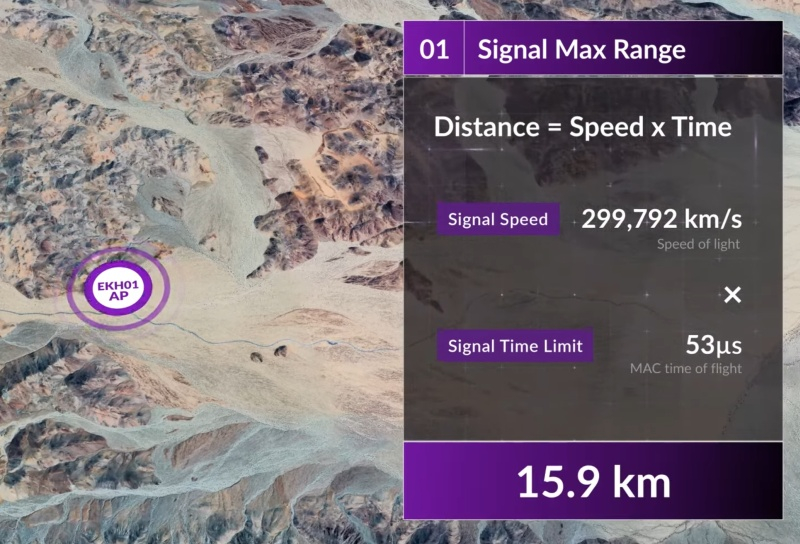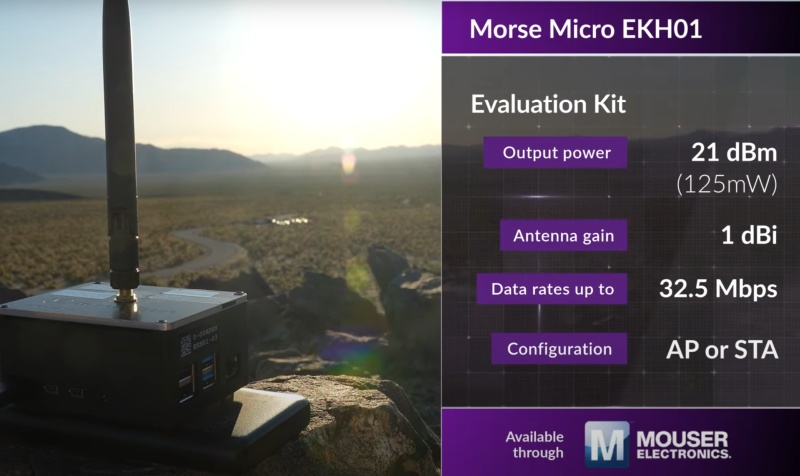In January 2024, wireless technology company Morse Micro successfully tested Wi-Fi HaLow (802.11ah) data transmission over a distance of three kilometers in a high-interference San Francisco beach area. Recently, Morse Micro broke its record five times, establishing a stable connection in the rural Joshua Tree National Park at a range of 9.9 miles (15.9 kilometers).

Image source: Morse Micro
Connection speeds in a previous test on San Francisco beach ranged from 11 Mbps at a distance of 500 meters to just one megabit per second at the then maximum distance of 3 km. In the current test, HaLow’s throughput peaked at 2 Mbps over a distance of 15.9 km, thanks to minimal interference in rural areas.

According to Morse Micro, this result matches the theoretical maximum range of HaLow and makes the standard preferable for applications in open spaces, such as agriculture, without the need for cellular communications. In urban environments, this technology is of little use due to the abundance of cellular signals and interference from numerous access points.

This is an impressive achievement by Morse Micro. The new world record with Wi-Fi HaLow 802.11ah is unlikely to be broken anytime soon. Perhaps one day HaLow networks with maximum range will become even faster and become more widespread, for example in public access points.